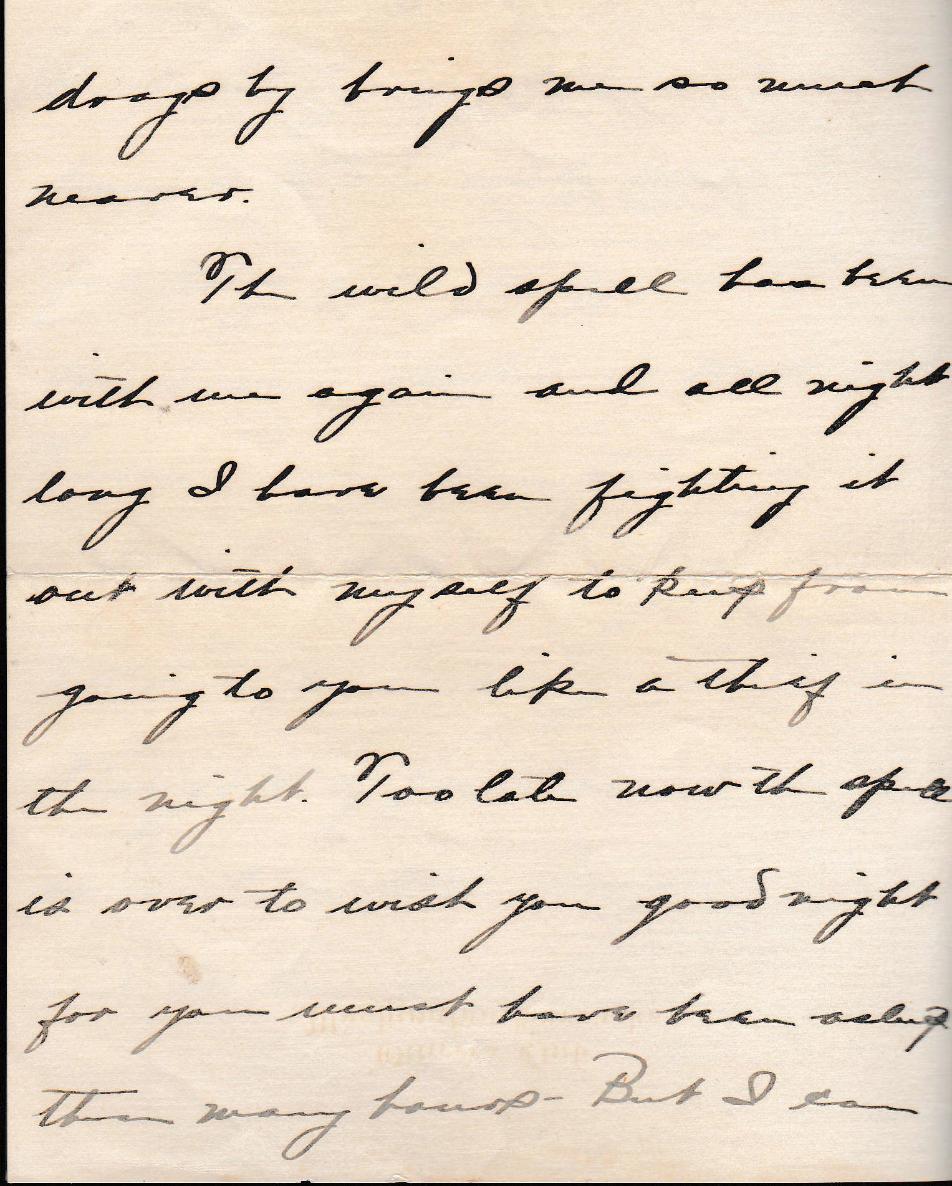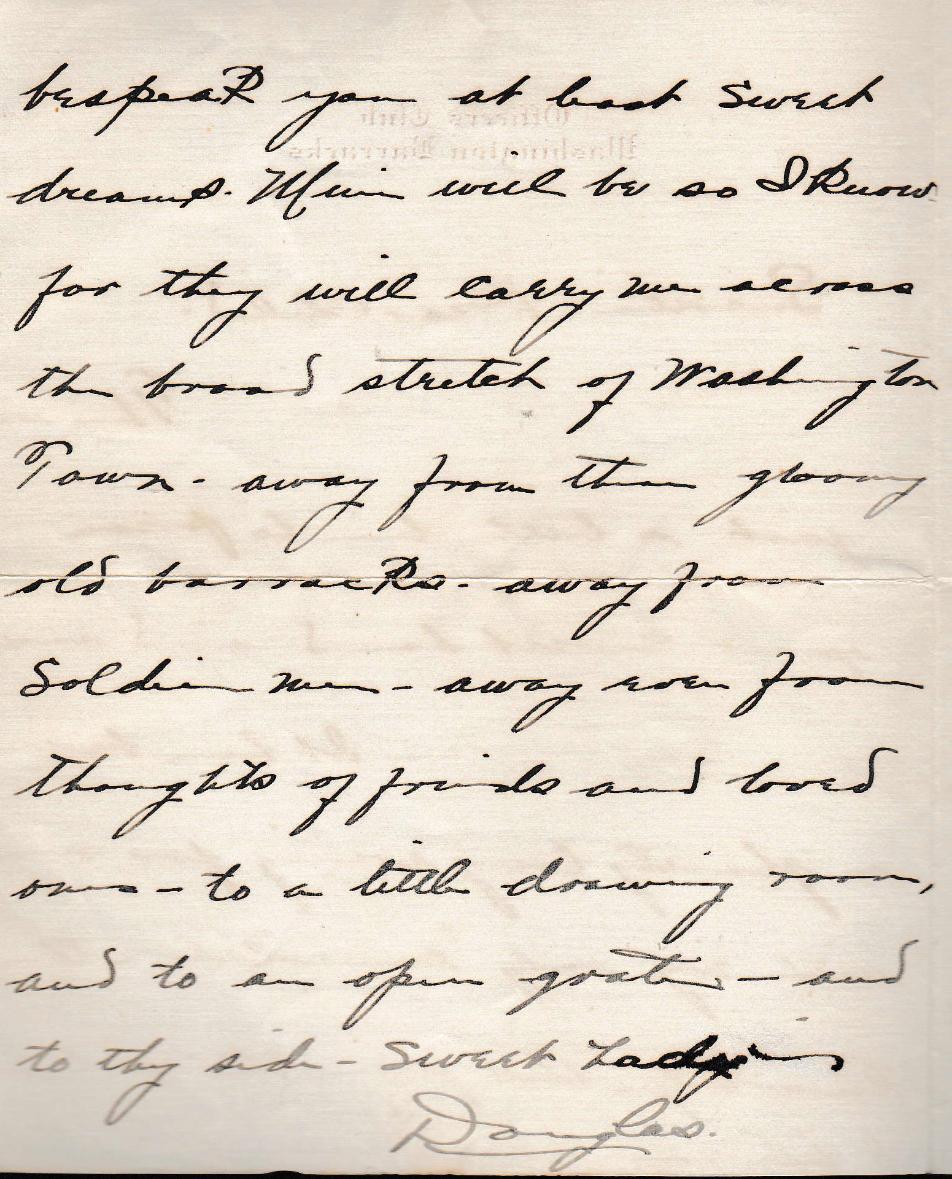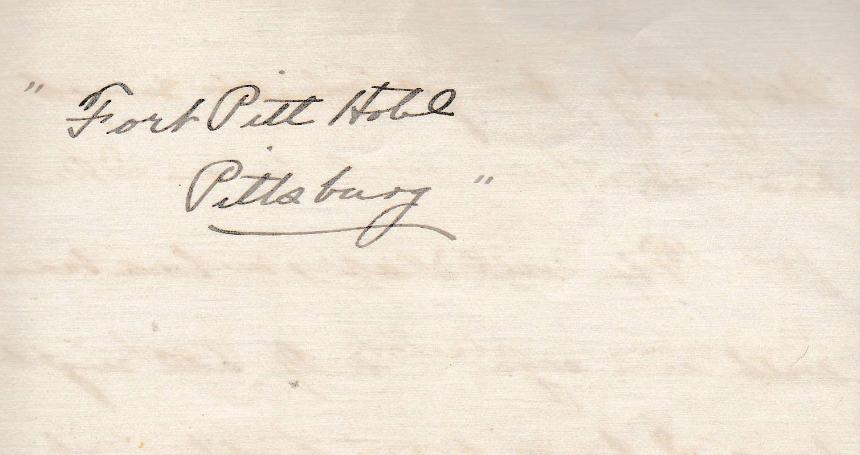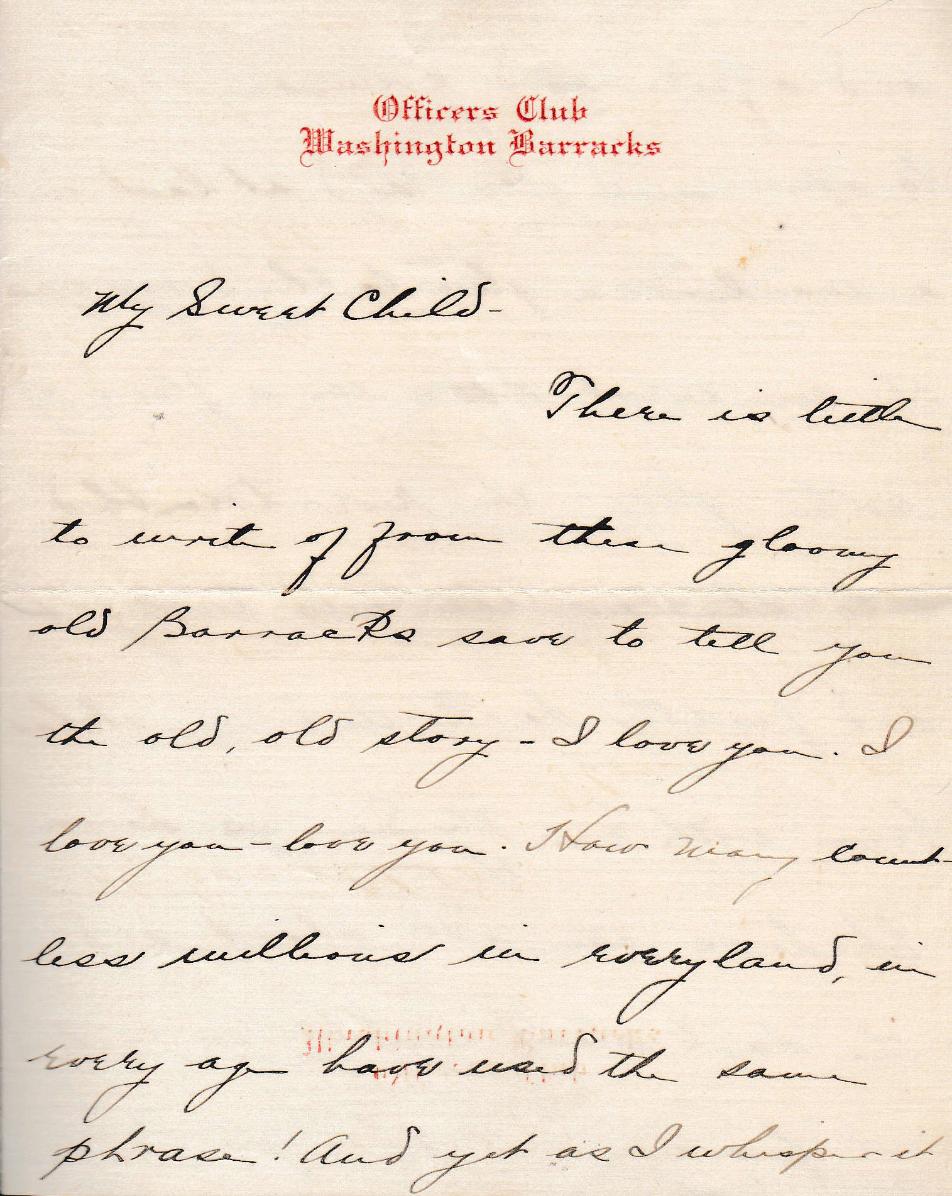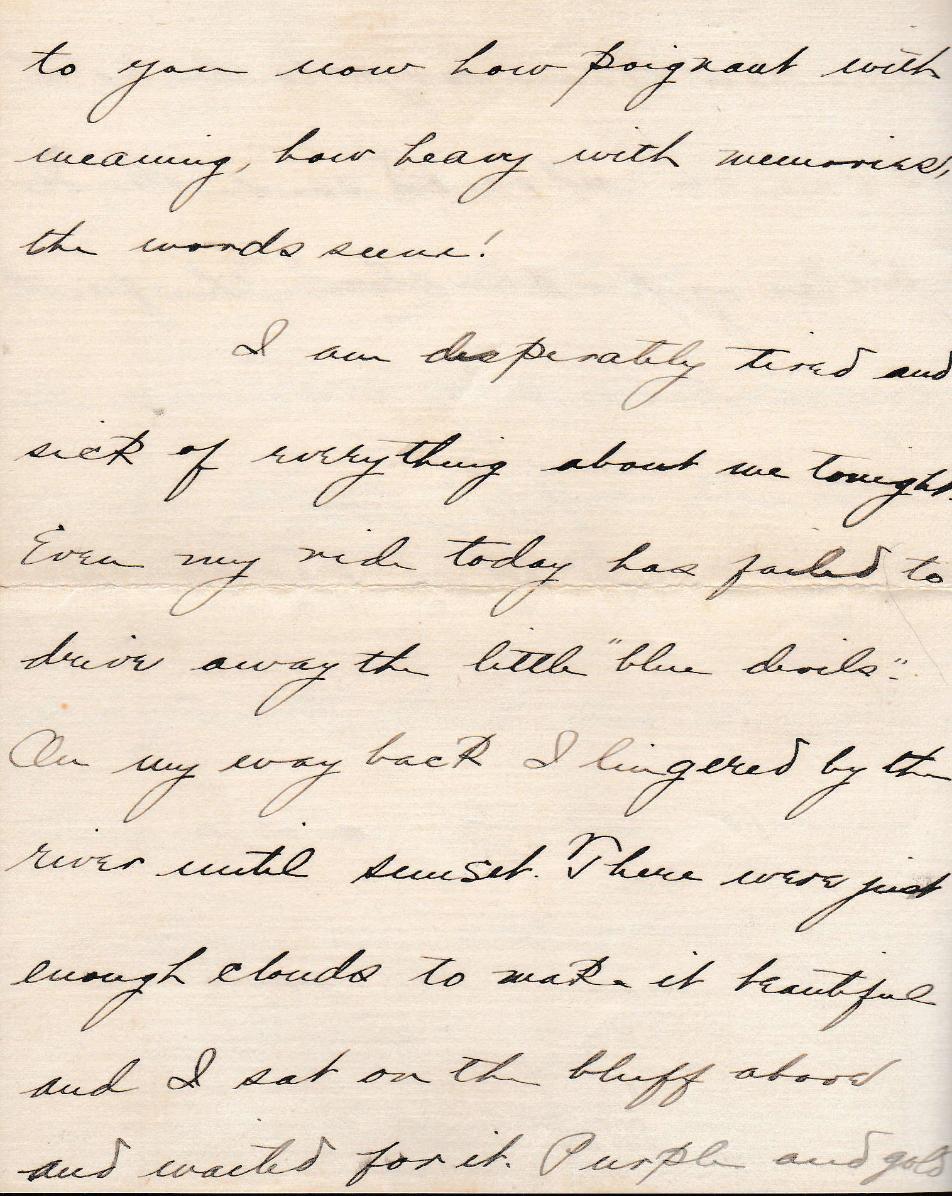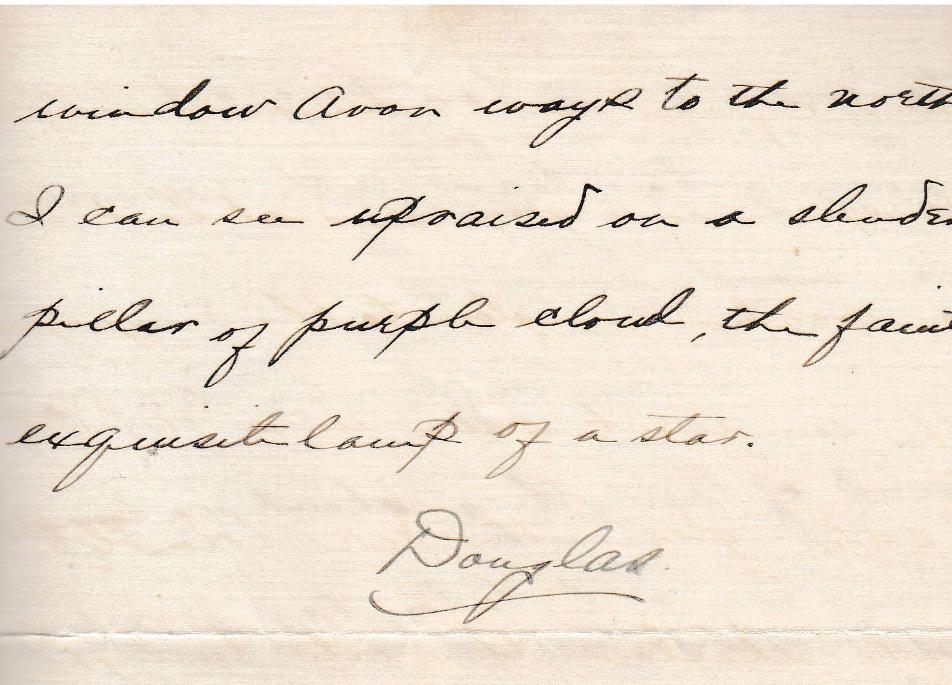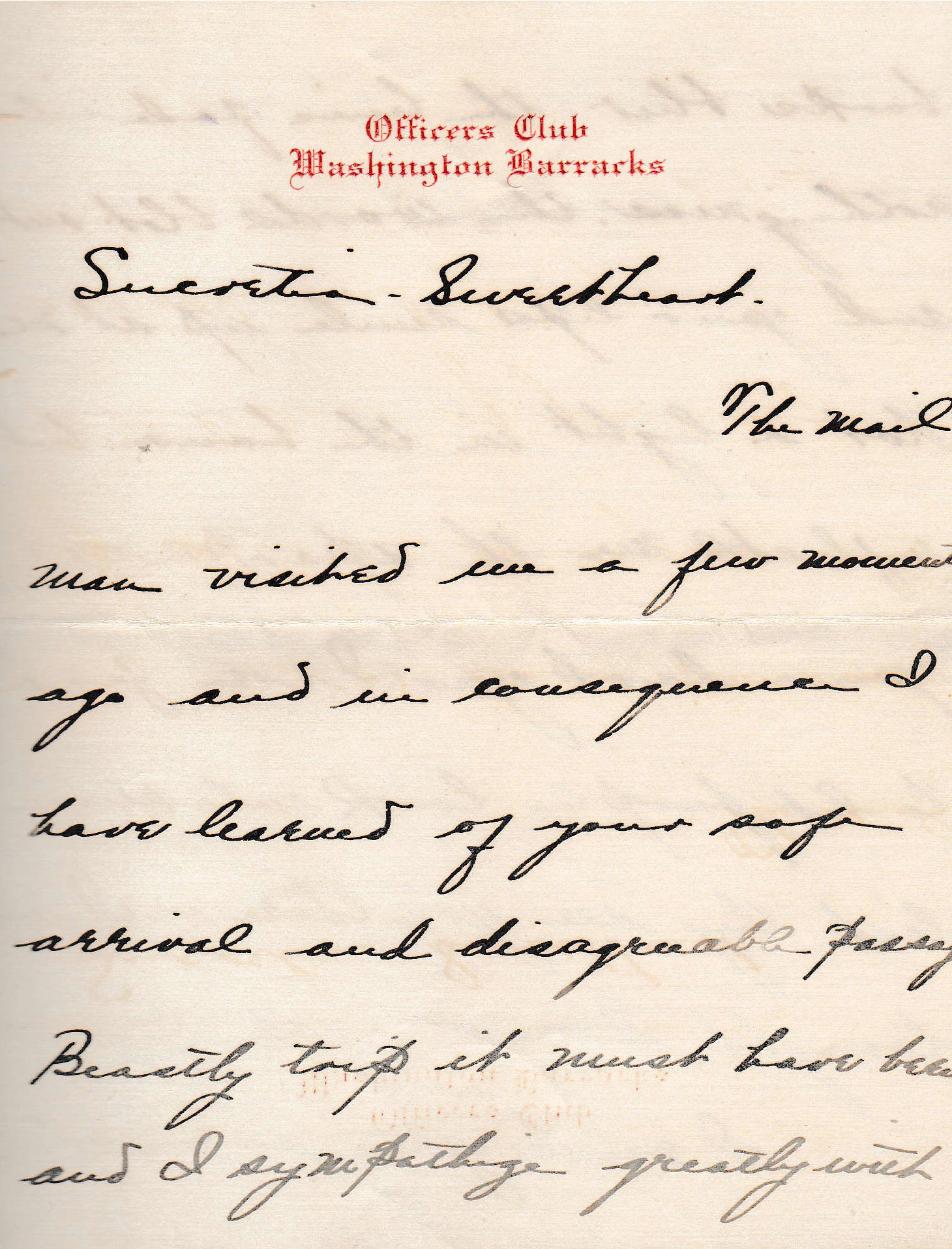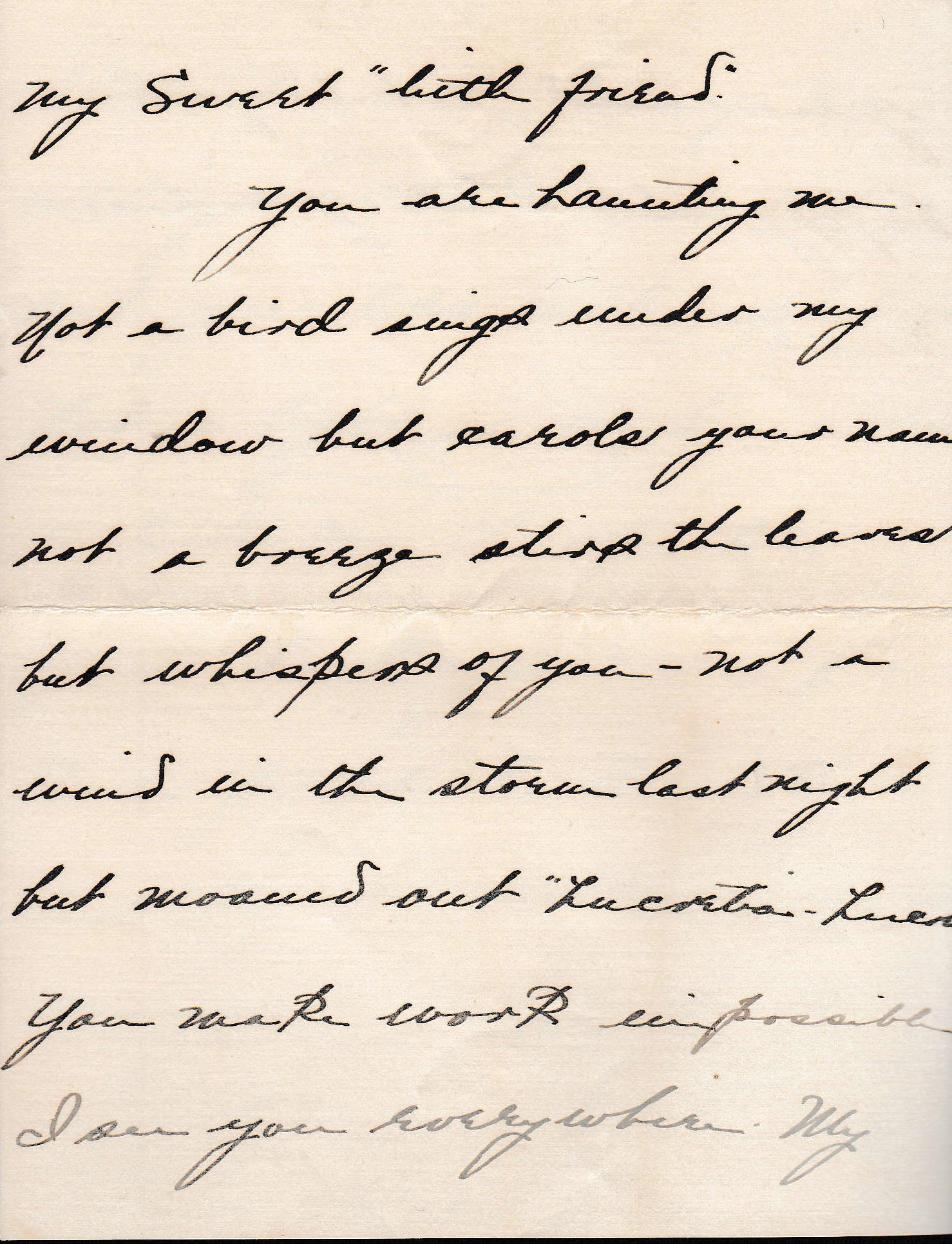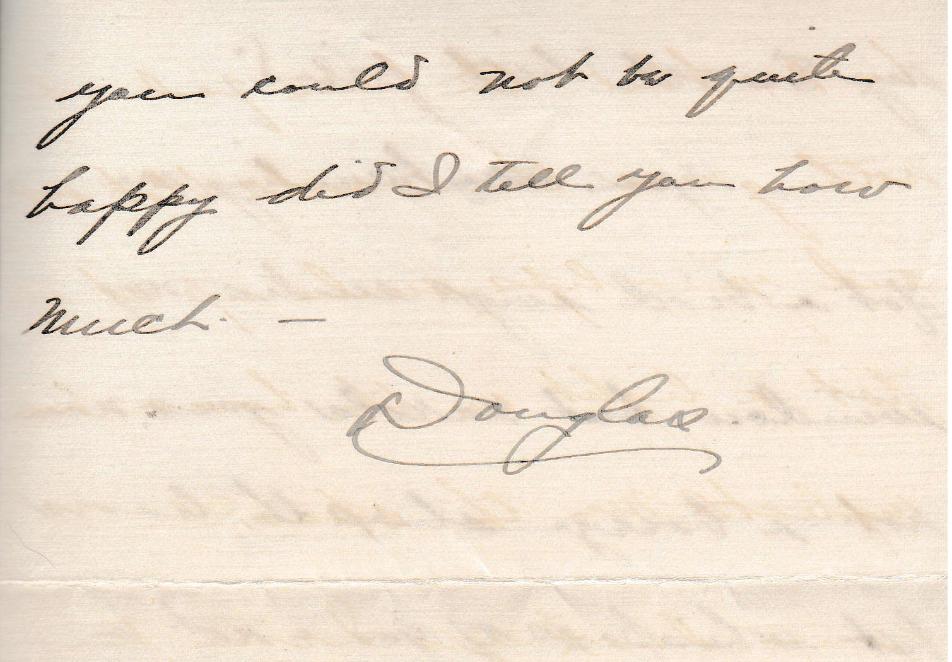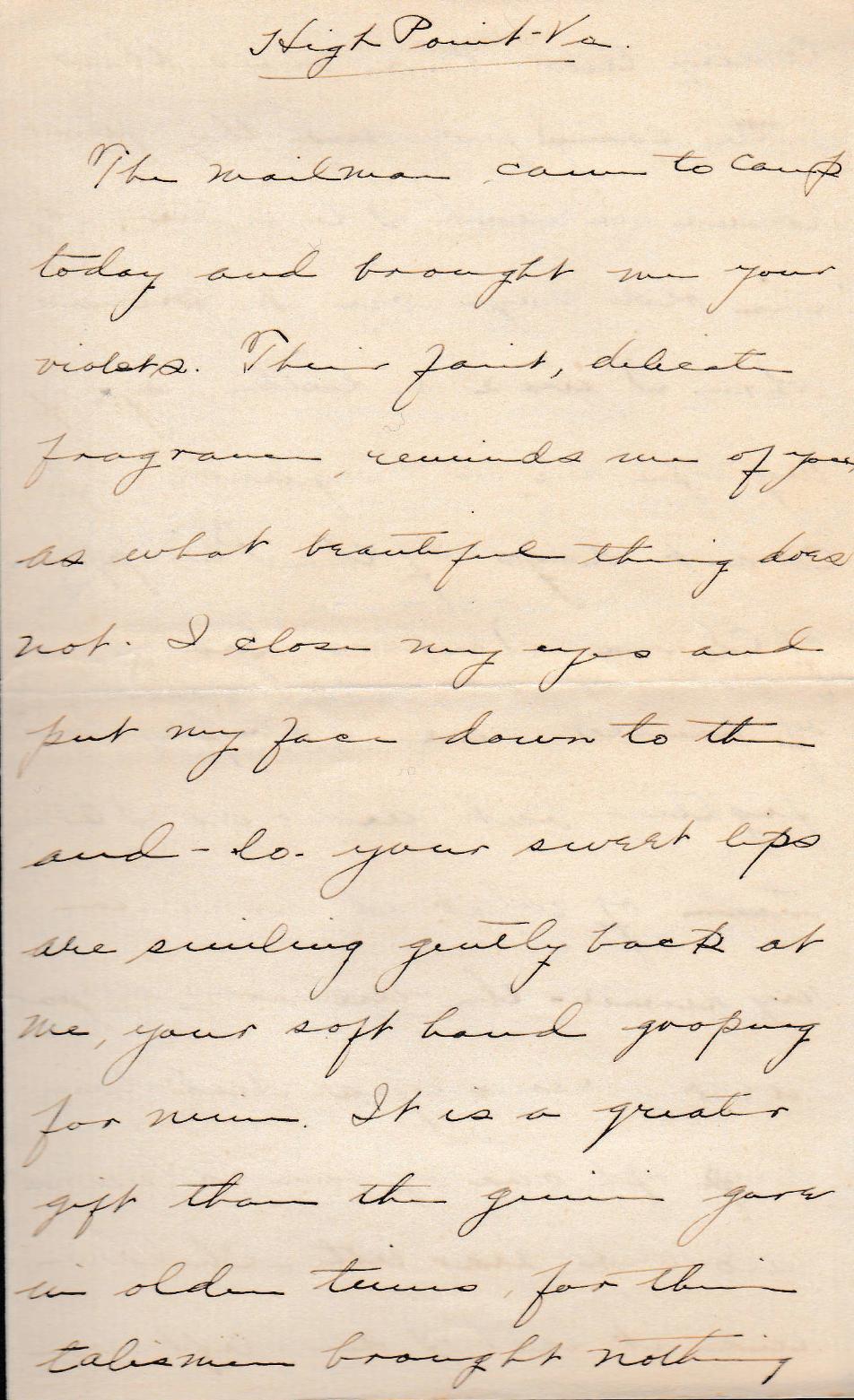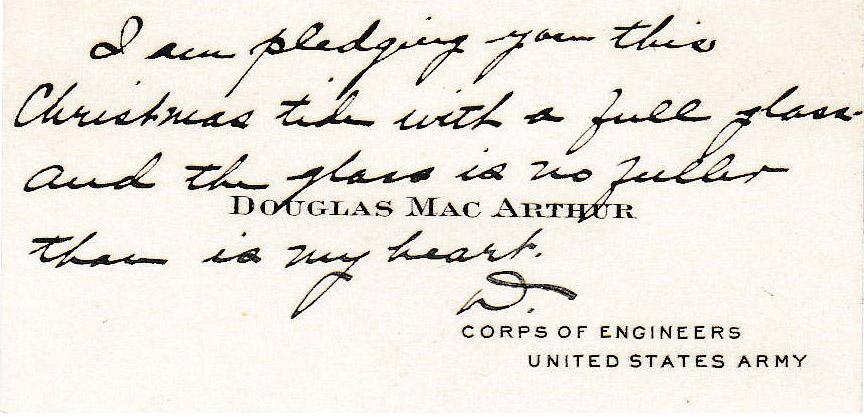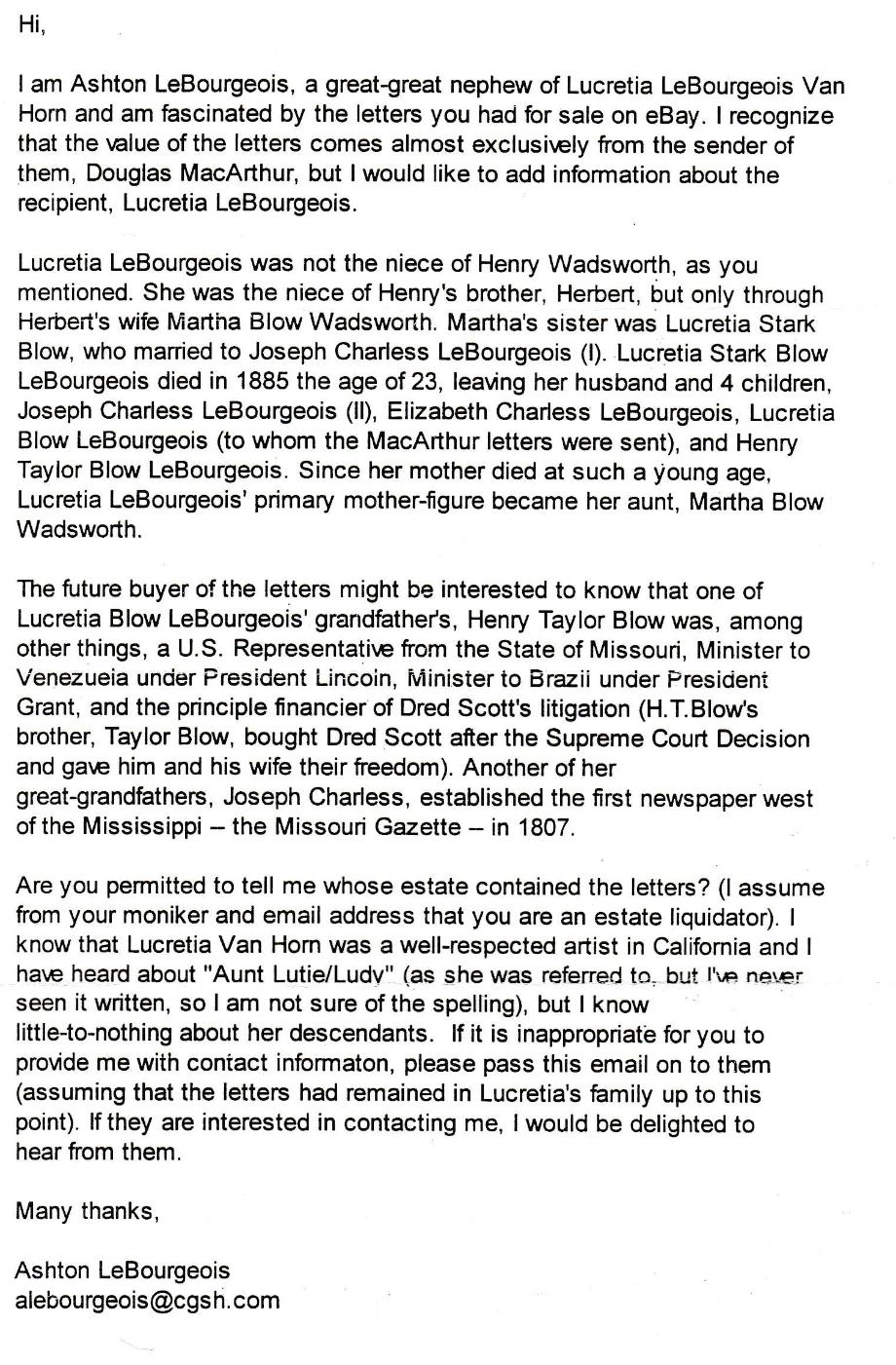Young Lieutenant Douglas MacArthur's Love Letters To Lucretia LeBourgeoise, 1907
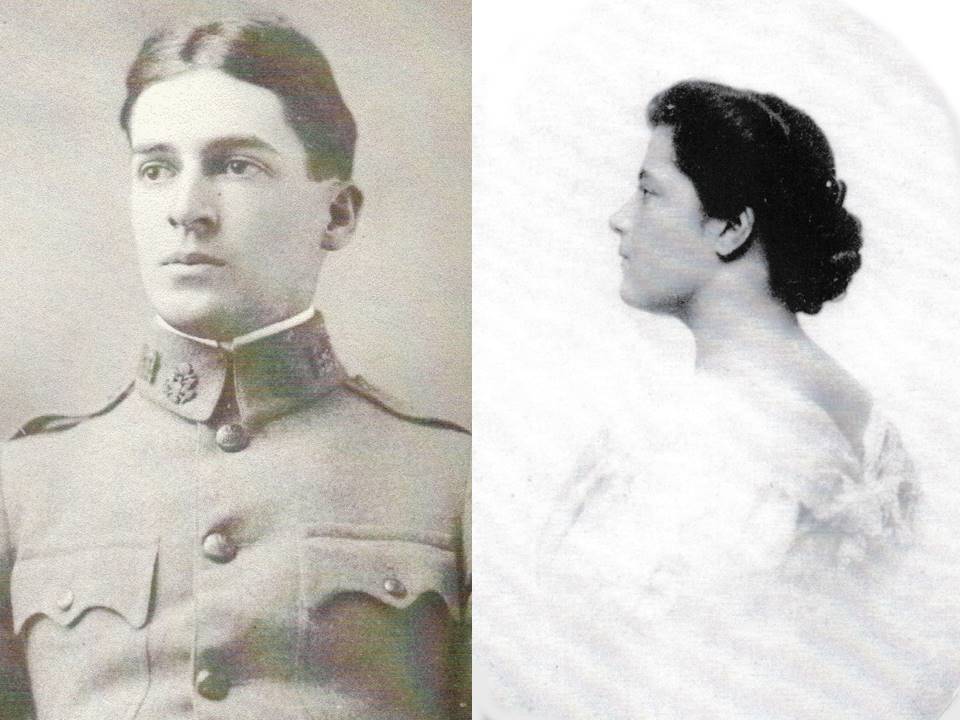
Douglas MacArthur graduated from the United States Military Academy at West Point in 1903. As a Second Lieutenant in the U.S. Army Corps of Engineers, the young officer performed engineering duties in various locations around the country including Kansas, Milwaukee, Pittsburgh, and Washington D.C. It was during this period, in 1907, that he first met a very attractive young lady in her twenties from a wealthy family named Lucretia LeBourgeois. She was living in New York and Washington. Young Douglas fell madly in love with her and sent Lucretia romantic letters from his different cities addressing her with a seemingly never-ending cache of pet names: My Sweet Child, Lucretia Dear Child, My Darling, My Beloved, My Own Darling. He tells her over and over how much he loves her and dreams of her at night. Ironically, Lucretia went on to marry another military officer, Robert Van Horn, who wound up on MacArthur's staff during the Pacific Campaign. Lucretia Van Horn became a celebrated artist and later assisted Diego Rivera in the creation of some of his famous murals. These private letters from MacArthur, purchased at an estate auction, were found in a trunk in the basement of Lucretia's home in Upstate New York after she passed away in 1970, six years after General MacArthur's death.

